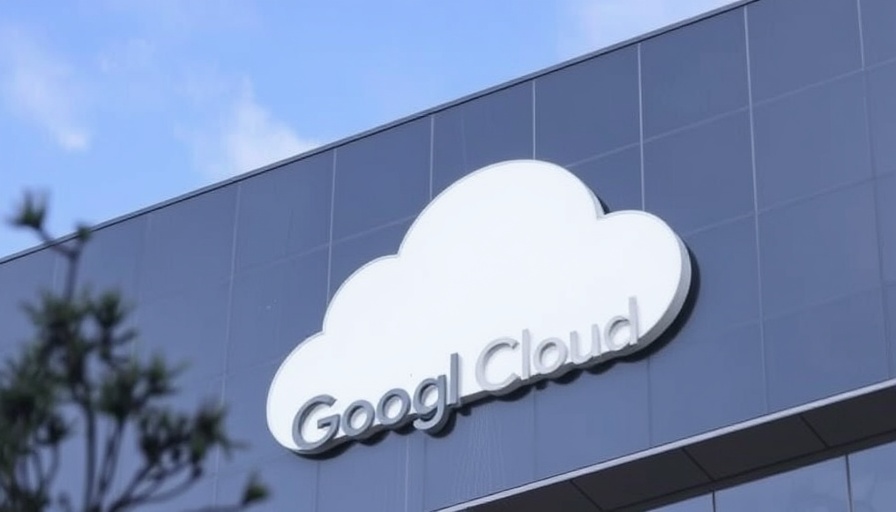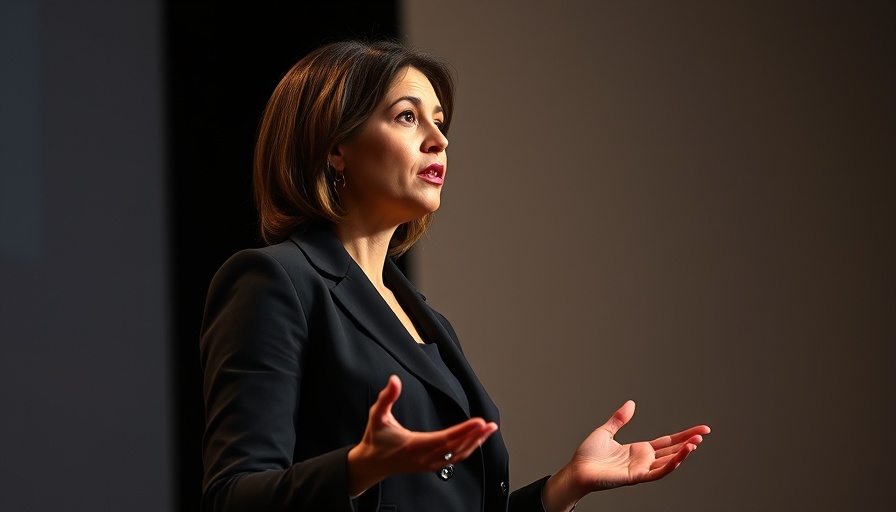
Google Cloud Outage: A Wake-Up Call for Healthcare AI Services
Recently, a significant Google Cloud outage impacted a number of AI services prominently used in the healthcare industry. For professionals who rely on these technological solutions, this interruption raises serious concerns about the reliability and resilience of digital health systems. From managing patient data to facilitating machine learning applications for diagnosis, the dependency on such platforms has become deeply entrenched in the fabric of modern healthcare.
The Importance of Reliable Cloud Services in Healthcare
Cloud computing has transformed how healthcare providers operate. Having access to powerful AI tools can significantly enhance decision-making and patient outcomes. However, what happens when these services go down? This recent outage reminds us how crucial it is for healthcare institutions to ensure that they have robust backup systems and plans in place to quickly resume operations and protect patient welfare. As those in the healthcare field know, the stakes are high, and anything disrupting services can lead to delays in care and impact the health of individuals.
Patient Care: What Healthcare Professionals Need to Understand
This disruption isn't just a technical inconvenience; it directly affects patient care. For instance, hospitals and clinics using AI to assist with diagnostics may experience delays, leading to longer wait times and potential misdiagnoses. Professionals must be aware of these challenges and stay informed about their tech partners. Building strong relationships with reliable service providers can help mitigate the risks associated with unexpected outages.
Lessons Learned: The Future of AI in Healthcare
The outage has opened a dialogue about the future of AI in healthcare. As more organizations lean into tech-driven solutions, the discussion must encompass reliability, security, and adaptability of these services. Are we fully prepared for the challenges that may arise? Building a resilient AI infrastructure will not only enhance patient experiences but also support the ongoing evolution of healthcare delivery.
Strategies to Enhance Digital Resilience in the Healthcare Sector
For healthcare professionals, it's vital to adopt preventive measures that enhance resilience against such outages. This may include diversifying technology platforms, creating comprehensive disaster recovery plans, and ensuring enough training for all staff members to handle potential tech disruptions. Involving everyone from IT to frontline staff in these discussions fosters a culture of awareness and preparedness. Building a culture of wellness by including these practices ensures not just physical health, but also the operational health of healthcare organizations.
Emphasizing Emotional and Mental Health in Crisis Management
During times of outage, stress levels can peak, impacting the emotional well-being of healthcare professionals. It's essential to implement mental health strategies such as mindfulness practices and stress management techniques. Simple yet effective approaches, like encouraging short breaks or engaging in quick yoga sessions, can help staff ground themselves, enabling them to better respond to the challenges at hand.
Supporting a Culture of Accountability and Communication
In crises like this, clear communication is key. Healthcare professionals must be trained to relay accurate information in real time to patients and team members alike. Open channels of communication can alleviate some of the anxiety that comes with unexpected service disruptions and ensure that everyone is aware of ongoing strategies to mitigate challenges.
Looking Ahead: Innovations That Can Safeguard Health Services
The future of healthcare technology lies in innovation, with a focus on establishing more reliable infrastructures. Emerging trends may include the development of decentralized systems, greater reliance on blockchain for patient data security, and increased investment in AI technologies designed for healthcare services. Staying ahead of these trends will empower healthcare professionals to provide the best possible care, enhancing patient trust in digital health solutions.
As professionals within this ever-evolving landscape, it’s our responsibility to advocate for comprehensive strategies that prioritize patient care. The recent outage serves as a healthy reminder that balance is key—not just in terms of technology, but holistic wellness approaches that elevate both mental health and resilience in healthcare practices. Let's use these insights to pave a path forward for stronger, healthier, and more empowered healthcare systems.
 Add Row
Add Row  Add
Add 




Write A Comment